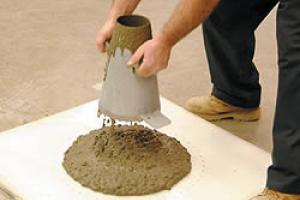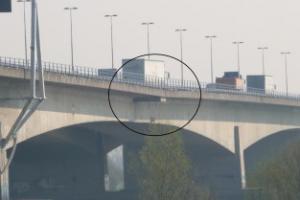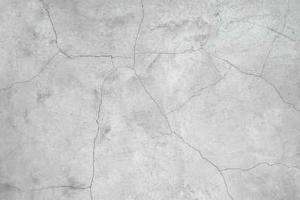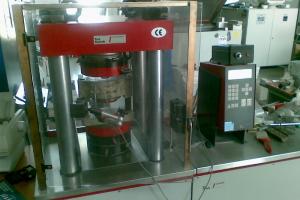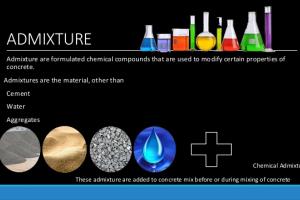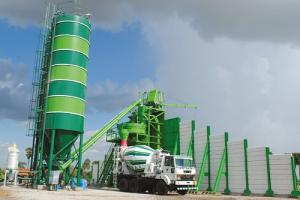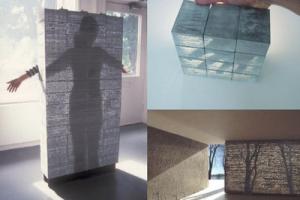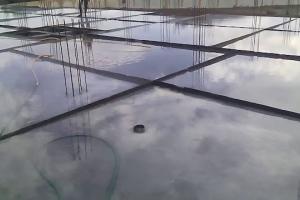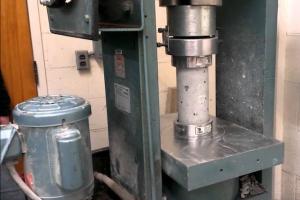Prestressed Concrete - Definition and Methods of Pre-Stressing
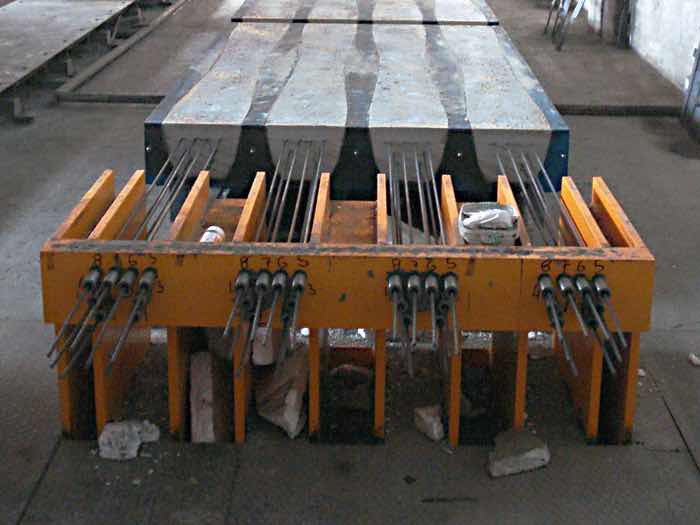
Prestressed Concrete Definition
A creation of internal stresses in a structure in order to improve its performance. Such stresses are designed to counter-act stresses induced by external loads. Concrete is strong and ductile in compression, it is weak and brittle in tension, and hence its response to external loads is improved by pre-compression. Prestressed concrete is a type of Reinforced Concrete in which steel has been tensioned against the concrete.
Prestressing Methods
Two different procedures for prestressing concrete were developed:
(a). Pretensioned Concrete
In this method, the prestressing tendons are initially tensioned between fixed abutments and anchored. With the formwork in place, the concrete is cast around the highly stressed steel tendons and cured. When the concrete has reached its required strength, the wires are cut or otherwise released from the abutments. As the highly stressed steel attempts to contract, the concrete is compressed. The stress is imparted via bond between the steel and the concrete.
Pretensioned concrete members are often precast in pretensioning beds long enough to accommodate many identical units simultaneously.
(b). Post-tensioned concrete
In this method, the concrete is cast around hollow ducts which are fixed to any. The steel tendons are usually in place, unstressed in the ducts during the concrete pour. When the concrete has reached its required strength, the tendons are tensioned. Tendons may be stressed from one end with the other end anchored or may be stressed from both ends. The tendons are then anchored at each stressing end.
The concrete is compressed during the stressing operation and the prestress is maintained after the tendons are anchored by bearing of the end anchorage plates onto the concrete.
After the tendons have been anchored and no further stressing is required, the ducts containing the tendons are often filled with grout under pressure. In this way, the tendons are bonded to the concrete and are more efficient in controlling cracks and providing ultimate strength.
In some situations, however, tendons are not grouted for reasons of economy and remain permanently un-bonded.



